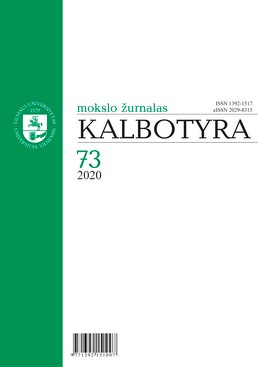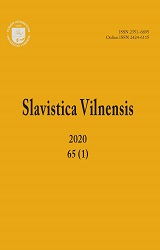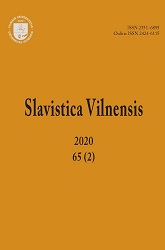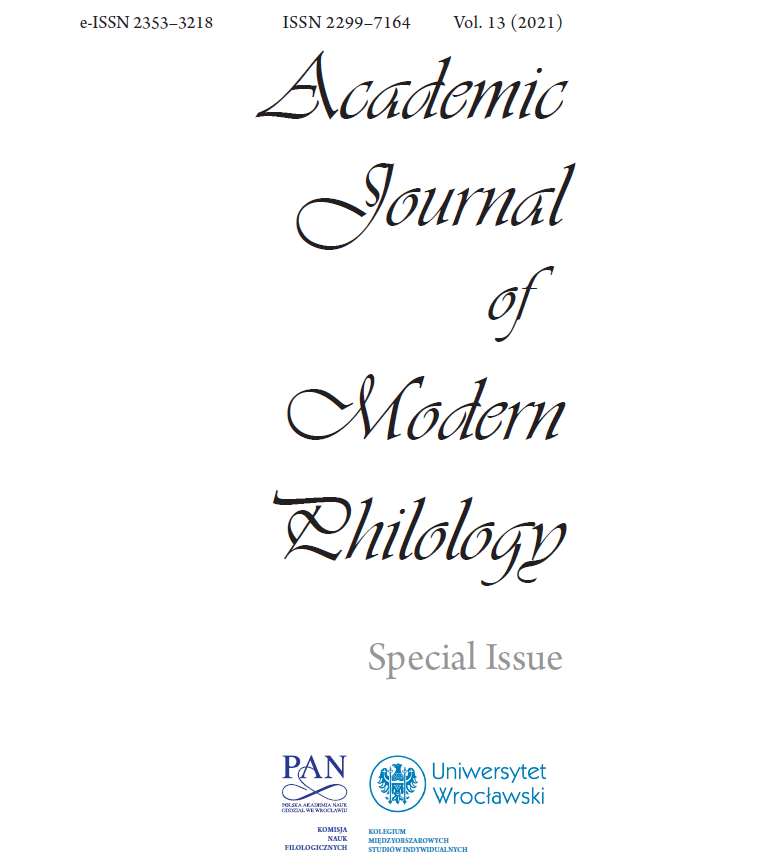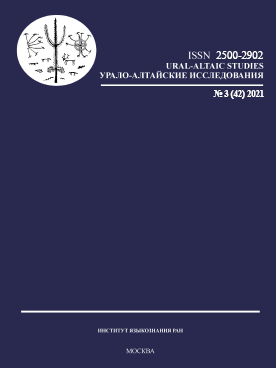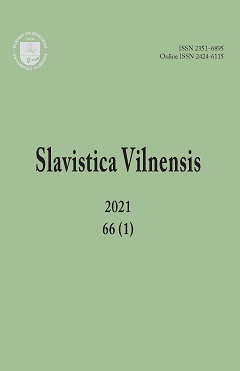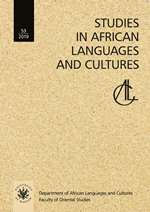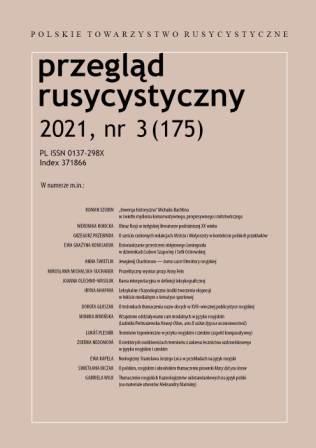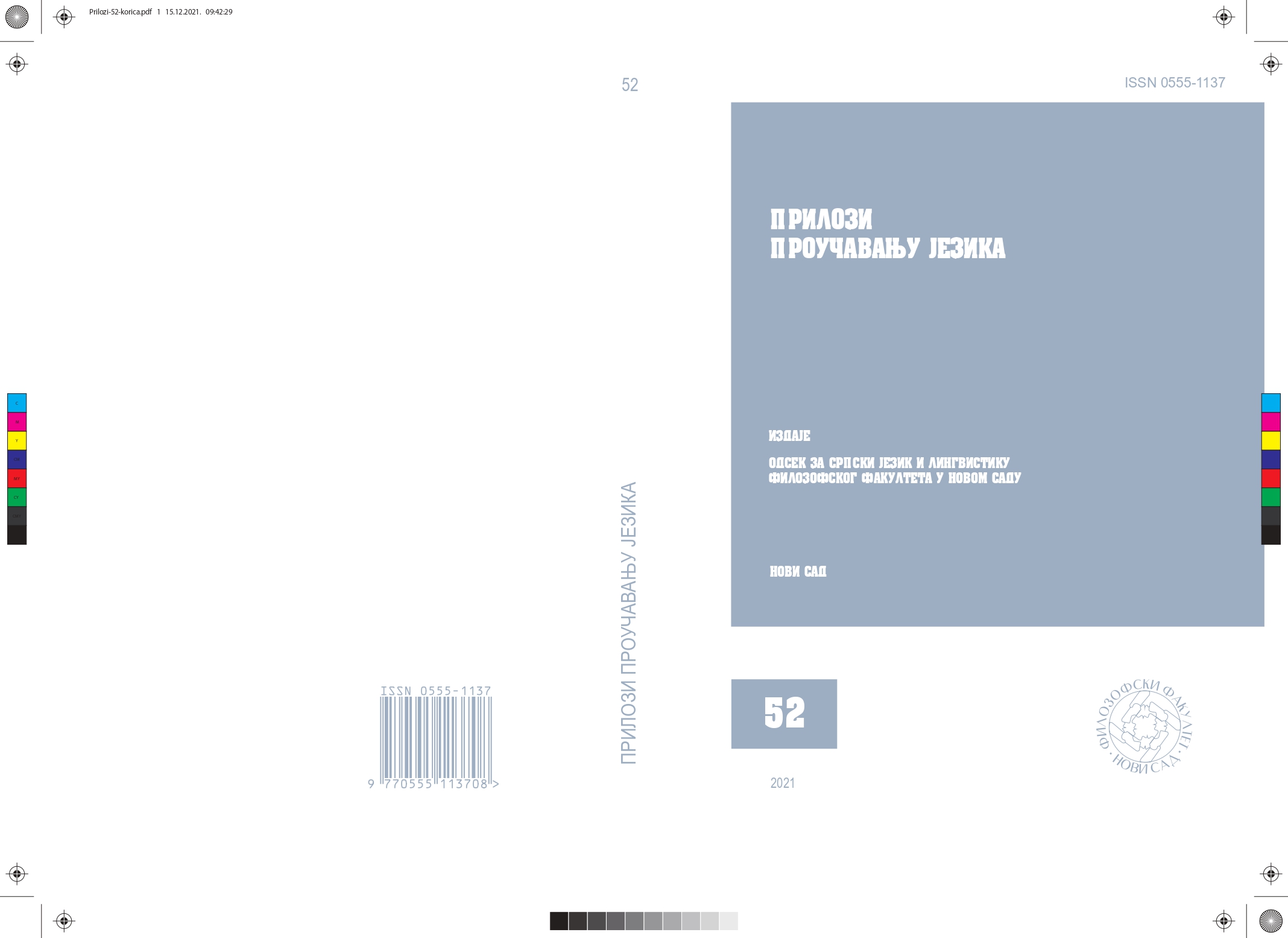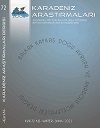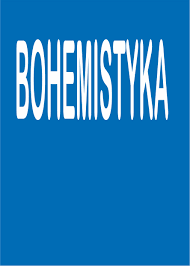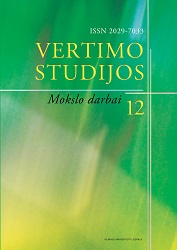
On Optional Shifts in Translation from Persian into English
Some changes always take place in the process of transferring the meaning embedded in the source text into the target text. The present paper aims at investigating the formal dissimilarities between the source and target texts through the examination of all optional shifts made at word, phrase and clause/sentence levels. To this end, Pekkanen’s (2010) model was applied to the English translation of a Persian novel ‘Journey to Heading 270 Degrees’ into English. Optional shifts were identified and analyzed through a comparative linguistic analysis between the source and target texts. 926 instances of optional shifts were identified in translation of the novel into English, amongst which shifts of expansion-addition (203 instances) were the most dominant type. Moreover, it was revealed that optional shifts at a clause/sentence level with a total of 554 instances were more frequent than optional shifts at a phrase level (161instances) and word level (220 instances).
More...
